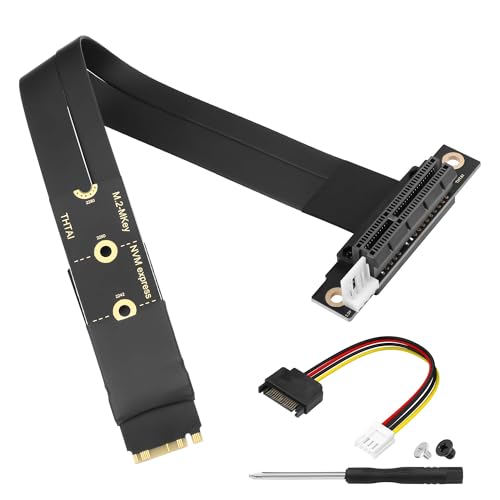Understanding What a 256GB USB Memory Stick Can Do for You
The Importance of 256GB Capacity
When we talk about a 256GB USB memory stick, we’re referring to a portable storage device that allows us to carry up to 256 gigabytes of data. To put this into perspective, this capacity can hold thousands of photos, hundreds of videos, or an extensive library of documents. Imagine being able to store your entire academic coursework or a collection of personal projects all in a device that fits in your pocket! For those who travel frequently or work on the go, having a reliable USB memory stick means your important files are always within reach.
Convenience and Versatility
A 256GB USB memory stick is not just limited to personal use. It can also serve as a solution for quick file sharing between devices. Whether we are sending presentation files to a colleague or sharing family photos with friends, USB sticks streamline this process without the need for constant internet access. Additionally, many memory sticks are compatible with various devices, including computers, laptops, and even some smart TVs, enhancing their versatility.
Key Features to Look for When Choosing Your USB Memory Stick
Speed Matters: USB Standards
One crucial aspect we should consider is the USB standard that the memory stick supports—USB 2.0 versus USB 3.0 and beyond. USB 3.0 sticks offer significantly faster data transfer speeds, which can make a noticeable difference when uploading large files. If we frequently transfer HD videos or sizable databases, opting for a USB 3.0 stick is a smart choice.
Build Quality and Design
Next, let’s discuss build quality. A robust design is essential for longevity, especially if we tend to carry our USB sticks in our bags or pockets. Look for sturdy materials that can withstand a bit of rough handling. Additionally, a compact design is often beneficial, as it decreases the likelihood of loss. Some users also prefer retractable designs that protect the connector when not in use.
Compatibility is Key
Another factor we should not overlook is compatibility. Ensure that the USB stick works with the devices we plan to use it with, such as our computer or laptop. Most modern memory sticks are plug-and-play, but verifying compatibility with older systems can prevent future headaches.
How to Safely Store and Transfer Your Files
Best Practices for File Management
When using a USB memory stick, following safe file storage and transfer practices is crucial. We should regularly back up our data on another device to prevent loss. Creating a folder structure on the memory stick can help us stay organised and make file retrieval effortless. Additionally, when transferring files, we must avoid removing the stick while data is still being processed; this can corrupt files and lead to frustration.
Ejecting Your USB Stick Properly
It’s important to remember to safely eject the USB stick after we’re done using it. This simple step ensures that all files are properly saved and reduces the risk of corruption. Most operating systems provide an easy way to eject the device, so make it a habit to follow this step each time.
Comparing the Best 256GB USB Memory Sticks on the Market
Evaluating Different Brands
While evaluating various brands of 256GB USB memory sticks, we can often find that they offer similar capacities but vary significantly in speed, durability, and price. We should consider well-known brands as they tend to provide reliable products, backed by warranties. It’s also worth checking user reviews to gauge real-world performance and dependability.
Price vs. Performance
When it comes to price, we must balance cost with performance. A USB stick priced slightly higher may offer faster data transfer speeds or better build quality, making it a worthwhile investment. Sometimes, opting for a mid-range USB memory stick can deliver better performance than the cheapest options available.
Tips for Maintaining Your USB Memory Stick for Longevity
Proper Storage Solutions
To extend the life of our USB memory stick, proper storage is essential. Storing the stick in a protective case when not in use can prevent physical damage. Additionally, keeping it in a controlled environment with moderate temperatures avoids issues related to extreme heat or cold that can affect performance.
Regularly Check for File Integrity
Moreover, we should periodically check the files stored on the USB stick. Occasionally connecting it to a computer and verifying that our files are intact can help us catch potential issues early. If we notice any corrupted files, it’s best to replace the memory stick to safeguard our data.
































